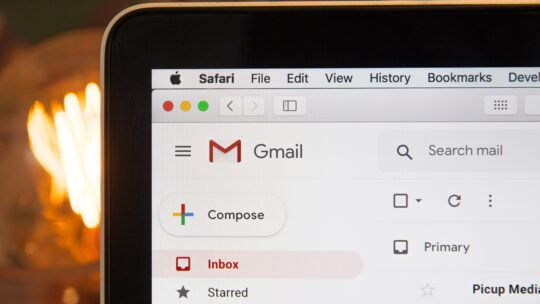
While PR professionals juggle various priorities, tight deadlines and teams to manage, Michael Smart, a PR consultant and trainer, stresses the importance of pitch follow-up. In his recent webinar, "Foolproof Follow-up: How, When, and WHY Classy Follow-up Lands More Placements for Top-Performing PR Pros," Smart provided several strategies for PR professionals to overcome psychological barriers and craft effective follow-up messages that can result in increased placement success.
Overcome Your Fear
Smart advised, "Often to be successful, you need to take the long view," particularly in regards to PR follow-up, which is frequently dreaded by PR professionals. One of the most significant barriers to effective follow-up is the fear of rejection. Many PR professionals worry that following up too soon or too often will make them appear pushy or desperate.
Smart encourages PR professionals to overcome this fear by shifting their mindset from selling to helping. By viewing follow-up as an opportunity to provide additional information or assistance to journalists, PR professionals can reframe their message and reduce the risk of appearing overly aggressive. Smart shared, “It's about recognizing your true value…By aggressively following up, you're delivering value for your employer or your client. But you're also delivering value to the journalist. It's their job to uncover useful or interesting, interesting sources and information. Your success is theirs, and theirs is yours. Successful PR pros think that way.”
Timing Matters
Timing is also a critical factor in follow-up success. Smart recommends following up within 48 hours of the initial pitch and then again after five business days if no response is received.
He also advises against using the same messaging in follow-up emails as in the initial pitch, as this can come across as lazy or inconsiderate. Instead, he suggests crafting unique messages that provide additional context or value to the journalist.
Another timing strategy Smart recommends is using "urgency buttons," a technique for engaging initially receptive journalists who later become unresponsive to follow-up attempts. The idea is that by pressing an urgency button, such as sending a time-sensitive update or new development related to the initial pitch, the PR professional may be able to rekindle the journalist's interest and prompt a response.
Urgency buttons can include phrases like "deadline approaching" or "time-sensitive opportunity" to create a sense of urgency and remind journalists of the potential value of the pitch.
Let Technology Assist
Besides traditional follow-up methods, Smart also suggests using technology to increase outreach effectiveness. One tool he recommends is ChatGPT.
Smart notes, "When you're using ChatGPT for any type of pitch writing, it is a great tool to suggest alternative and refined phrasing. But it doesn't yet know the substance style and tone that journalists need. You do. So use ChatGPT as a tool because... It's not the plane, it's the pilot."
Lastly, Smart encourages PR professionals to view follow-up success not only as a means to secure placements but also as a way to build relationships with journalists. By demonstrating professionalism and a commitment to providing value to reporters, PR professionals will establish themselves as trusted resources and increase their chances of securing future placements.
Tai Nichols is event content manager for PRNEWS. Follow her: @SathiyyahN
